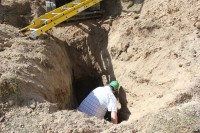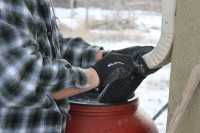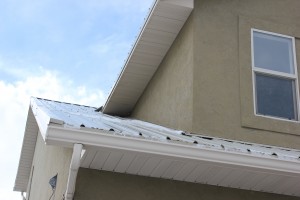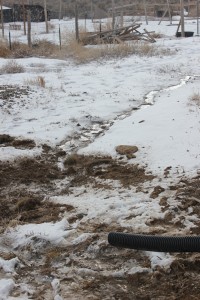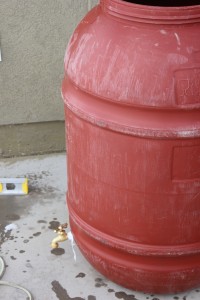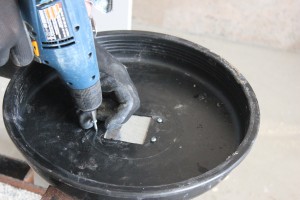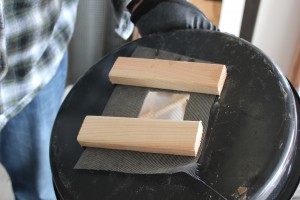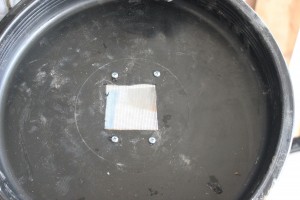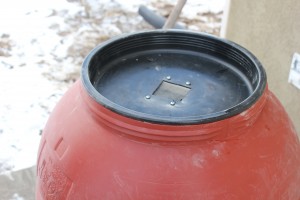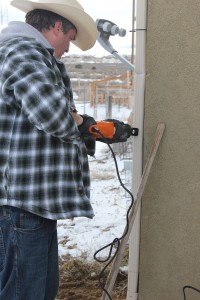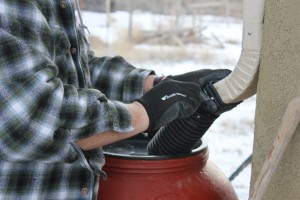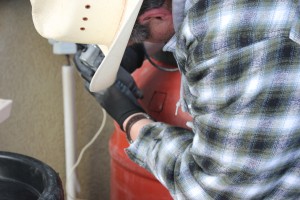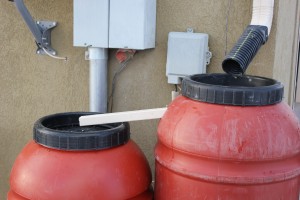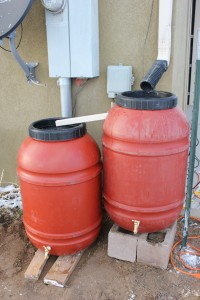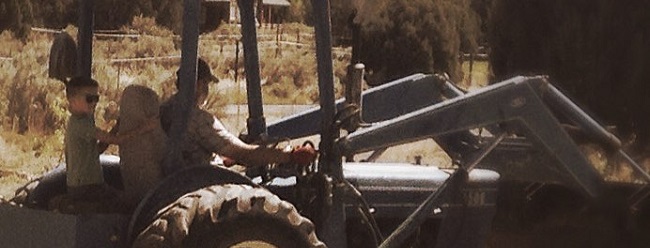 On the farm, we have our animals, and our human resources. But we also have some heavy equipment that we use. When we moved into our house we purchased a tractor. It is a 1973 Ford 4500 industrial landscaping tractor. It does not have a PTO, or anything fancy, it just has a really nice bucket on the front, and a custom made counter weight. It has become a part of the family, and has been used to do a lot of heavy lifting.
On the farm, we have our animals, and our human resources. But we also have some heavy equipment that we use. When we moved into our house we purchased a tractor. It is a 1973 Ford 4500 industrial landscaping tractor. It does not have a PTO, or anything fancy, it just has a really nice bucket on the front, and a custom made counter weight. It has become a part of the family, and has been used to do a lot of heavy lifting.
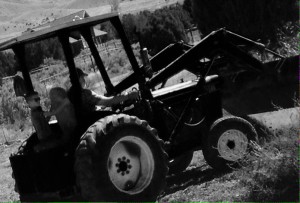 The neighbors now hear its noise and see it as background noise, like the noise of the rest of the farm. It has been a silent partner in several photos. Bottom line, this tractor has become part of the family.
The neighbors now hear its noise and see it as background noise, like the noise of the rest of the farm. It has been a silent partner in several photos. Bottom line, this tractor has become part of the family.
During the course of its use, it has had some problems arise. Like anything that is 40+ years old, it may need some help to get things done. Big Blue has been a little under the weather. It has been having a hard time getting up the power to do some tasks. It works great for short hauls, lifting and digging, but does not like to drive long distances. So I went to the internet, to see what may be the problem. First thing suggested was to check all the fluids and change them all. Lucky for me, big blue uses all the same type of fluid for transmission fluid, hydraulic fluid, and engine oil. So I bought two 10 gallon buckets and started to change the fluids. Well…. Big blue holds over 20 gallons of fluid. So it took a little more time and a lot more fluid. Big blue also does not like to tell you what his fluid levels are at. No dip sticks for any of the levels besides the engine oil. So both transmissions have to be filled, until a bolt you remove starts to leak, then you know it is full.
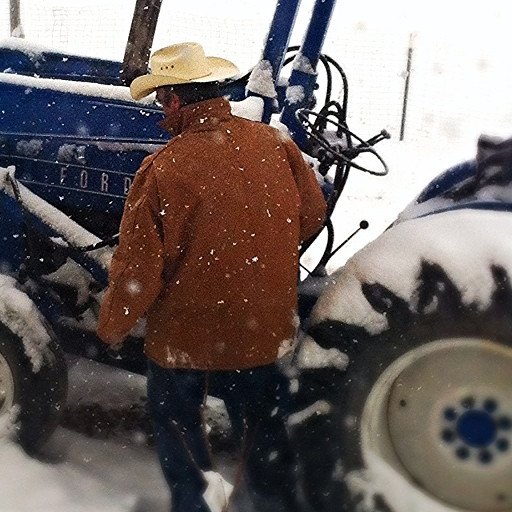
Changing the fluids did not fix the problem, so then I went on to fuel lines. So we changed the fuel filters. This is the main point of this journal entry. It would be quicker and easier for me to just hurry up and change the fuel filters myself, but I decided to take the time and teach Tom and Emma how to do it as well. (Bear in mind, this is my first time as well, but I found a great video to show me how to do it.)
I can now tell you that my 9 Year old son and 11 year old daughter can change the fuel filter on a 1973 Ford tractor. They know where all of the gaskets and O-rings fit. It was one of those days that I will remember and I am sure they will remember as well. We even had some help from the 4 year old as well.
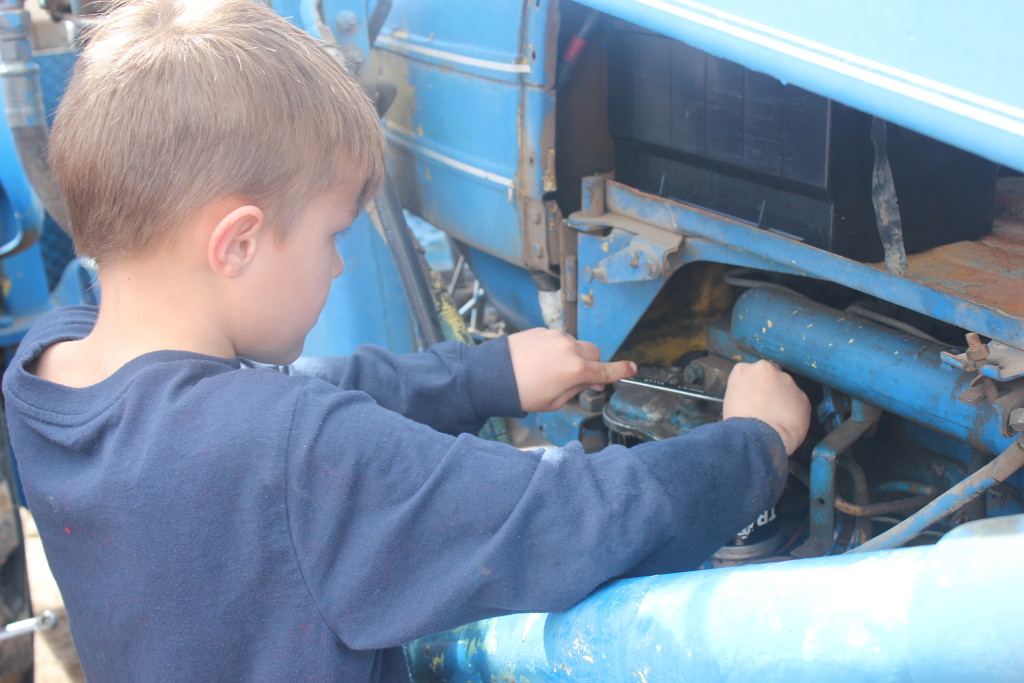
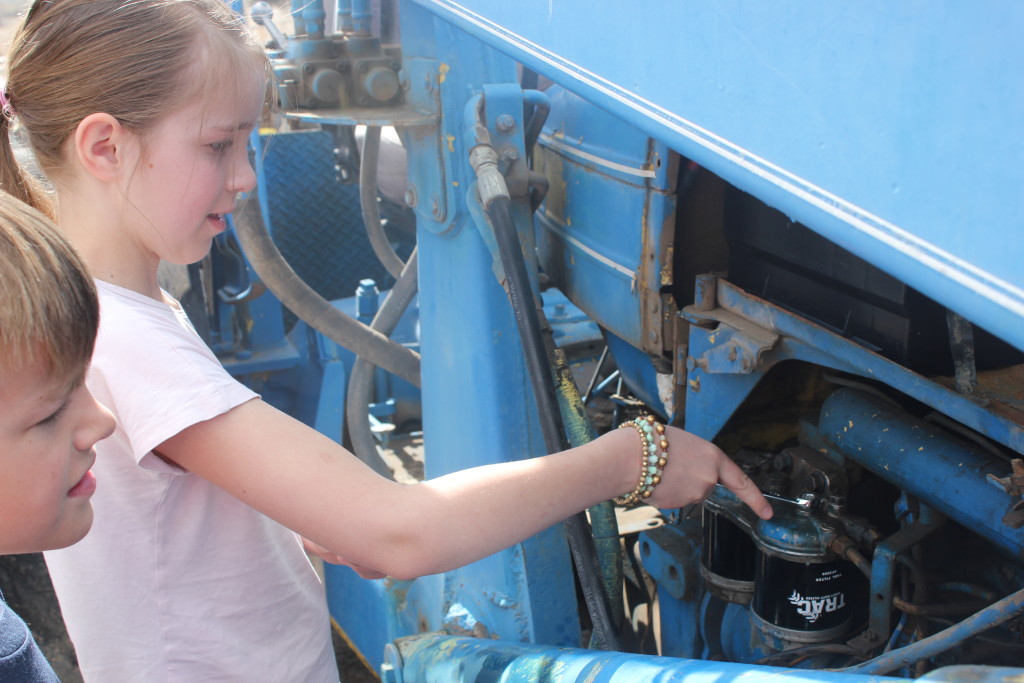
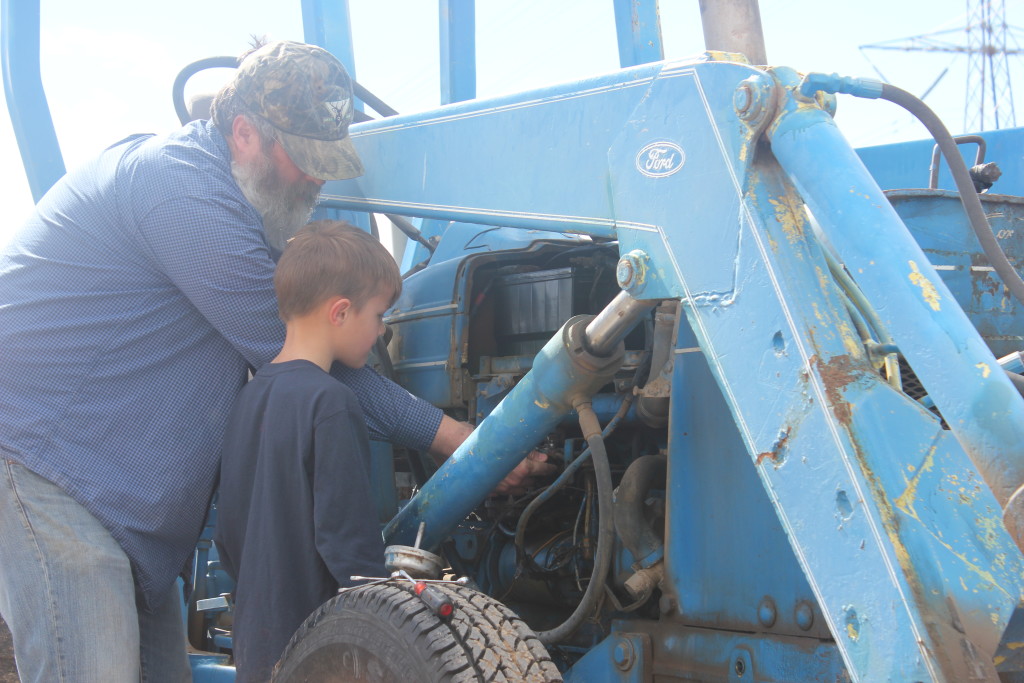
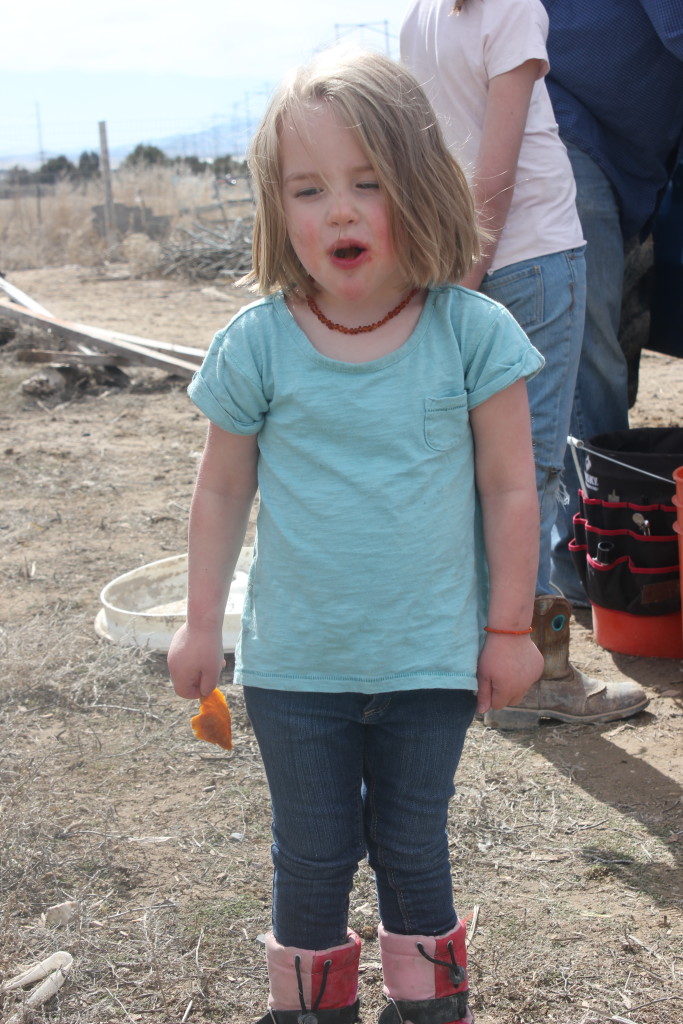
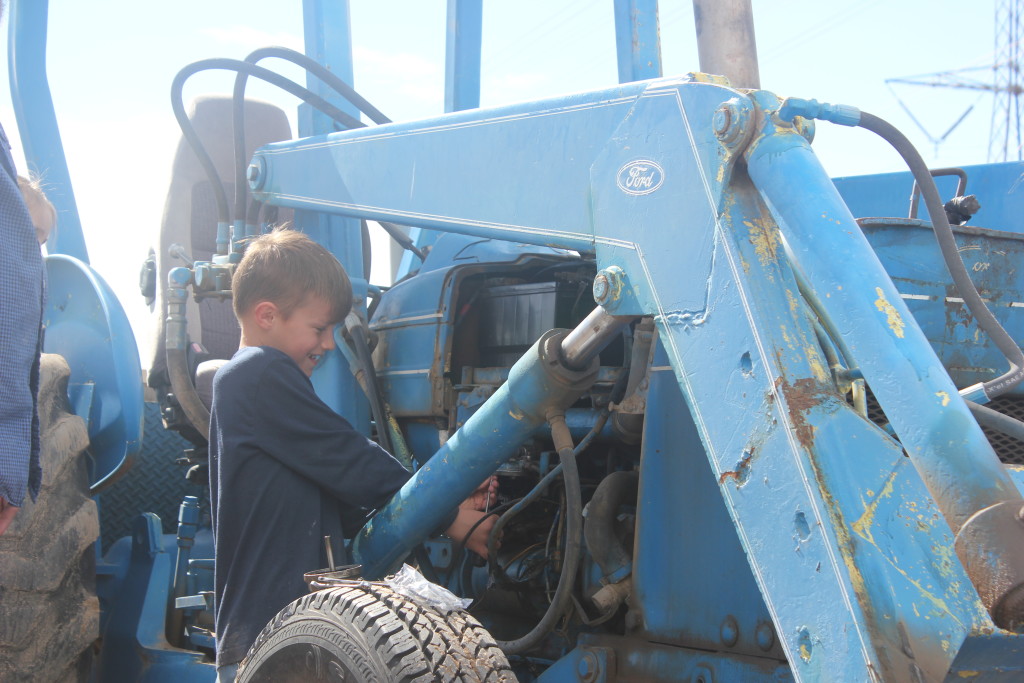
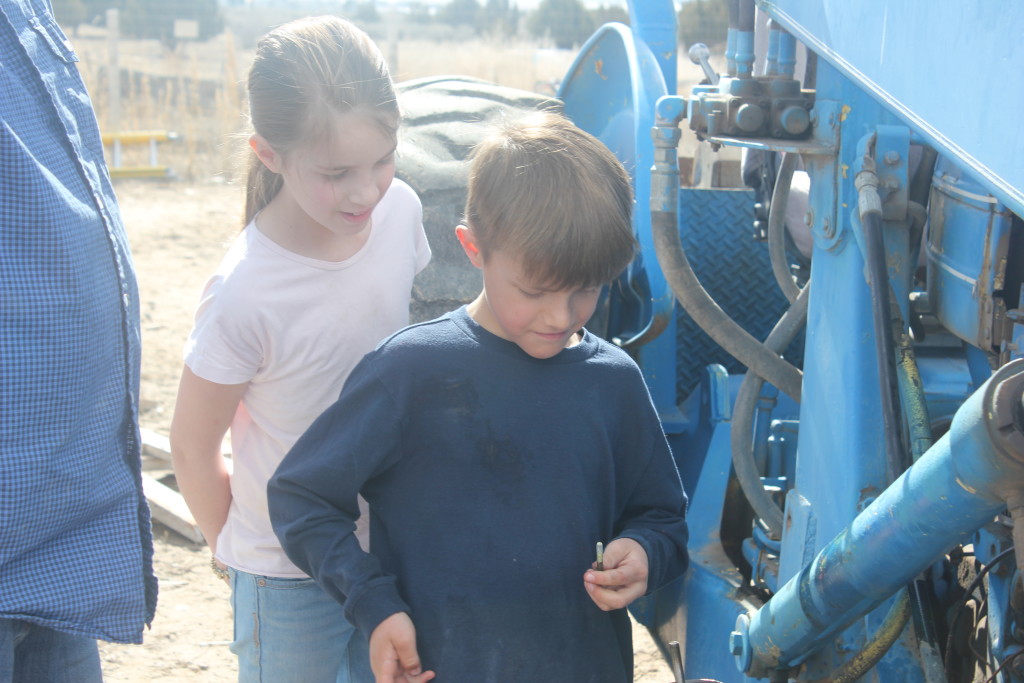
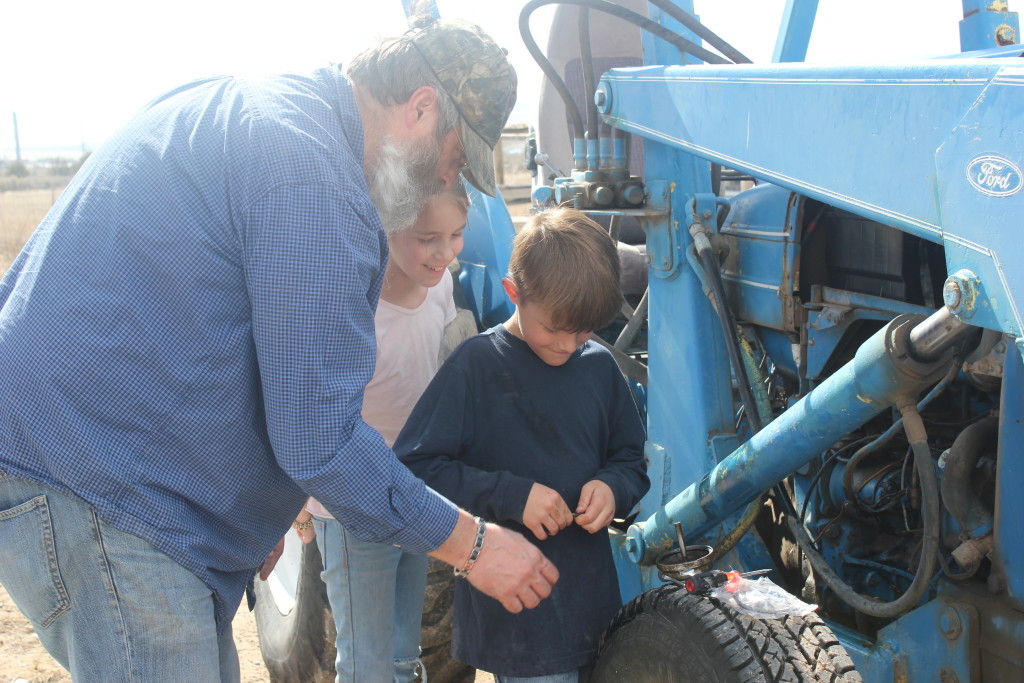 I changed the first one to show them how to do it, then gave them the tools and let them do the second one. The only part I had to help with was starting the bolts and tightening them. I was amazed at how easily the little fingers could remove the old gaskets and fit the new ones.
I changed the first one to show them how to do it, then gave them the tools and let them do the second one. The only part I had to help with was starting the bolts and tightening them. I was amazed at how easily the little fingers could remove the old gaskets and fit the new ones.
I was impressed with how these two kids, who have never done anything like this, were willing to give it a try and had no reservations to get to work, get their hands dirty, and try something new. I at times would not start projects like this, because I was afraid I would fail. Neither of these kids had that hesitation.
As a side note, the fuel filter was not the problem. But I discovered that if I backed up when it lost power and then went forward again, it would go for a little while then would have the problem again. The solution I found was to put it in a higher gear, and leave it there. Big blue now has a hard time backing up, but he keeps going for the distance. I now think the problem is with the transmission, so we will probably just keep running big blue until big blue can’t run any longer. We already have plans for putting big blue next to our barn (when we eventually get one) when he can’t work anymore. Hopefully at some time we will have a son/daughter, or grandson/granddaughter that will want to get Big Blue working again. Until that time, Big Blue will continue to haul manure, level ground, and move things around the farm.
Even with the bad transmission, Big Blue was able to haul 12 loads of manure from our neighbors back yard to our garden and our soon to be bamboo field. I have a feeling that Big Blue will continue to serve the farm for years to come.


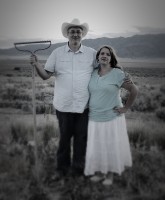
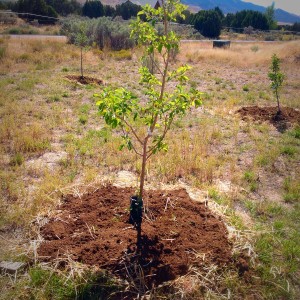


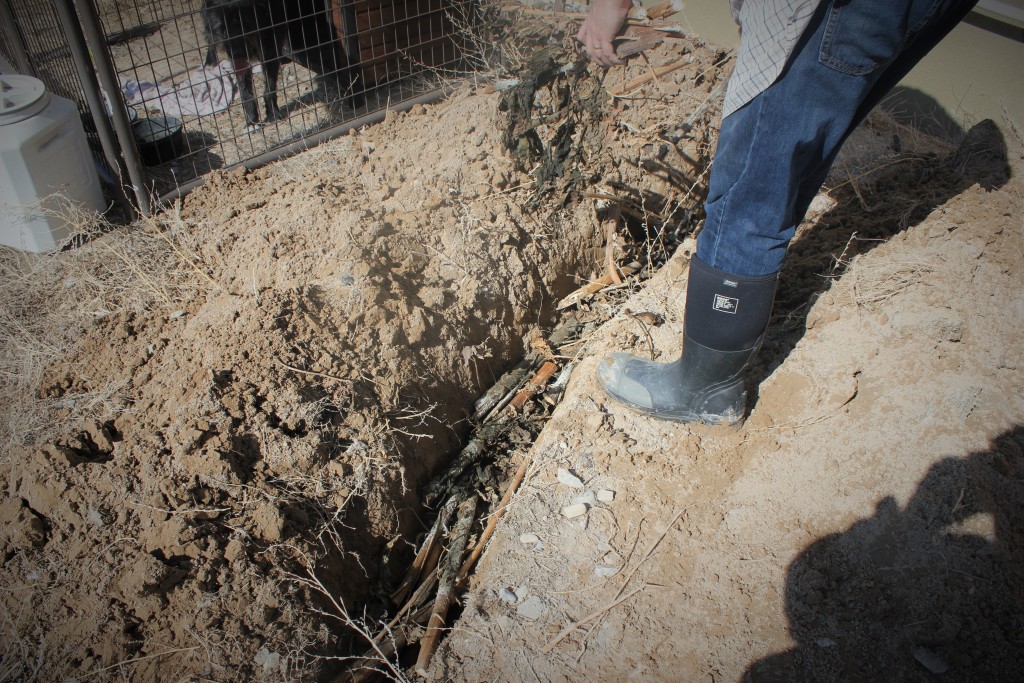 The theory is that as the water runs off into the trench, it is absorbed by the woody material, and then is stored for the plants to use. We have created a number of these around our property. We are using them to control run off from our house, as well as change areas to support plants that require more water. We have them in our orchard, as well as using them to grow
The theory is that as the water runs off into the trench, it is absorbed by the woody material, and then is stored for the plants to use. We have created a number of these around our property. We are using them to control run off from our house, as well as change areas to support plants that require more water. We have them in our orchard, as well as using them to grow 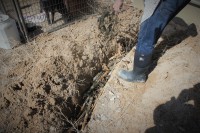
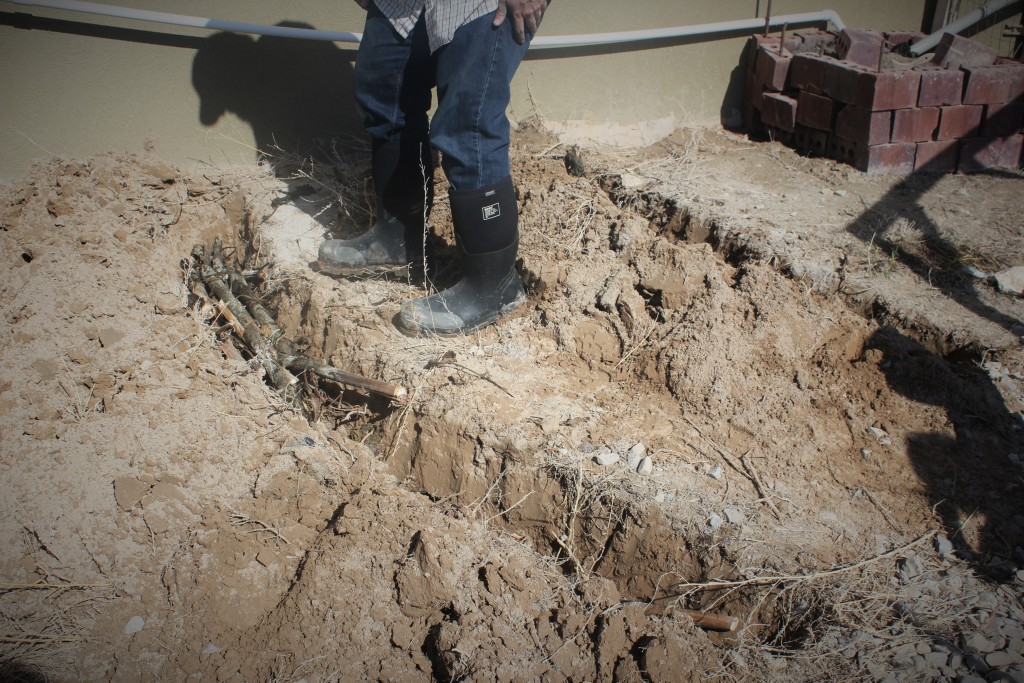 I started by digging out several ditches. I had Tom help me out with the digging. He used his
I started by digging out several ditches. I had Tom help me out with the digging. He used his 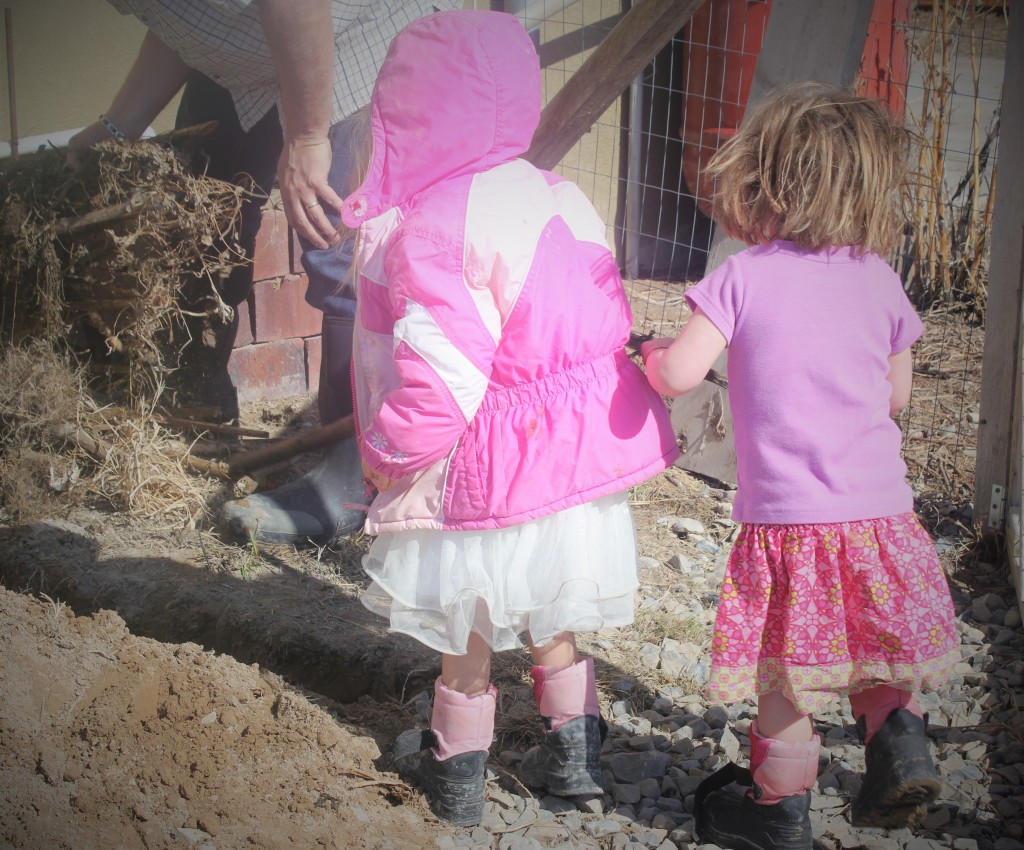
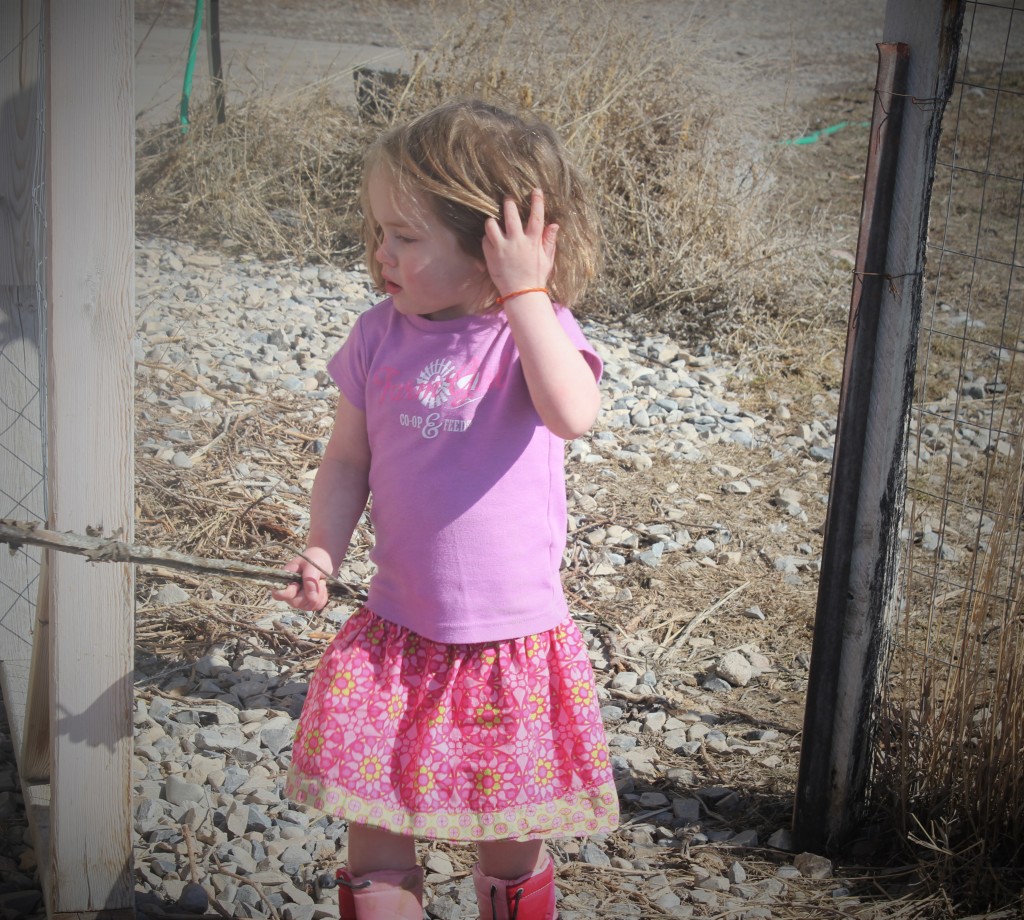
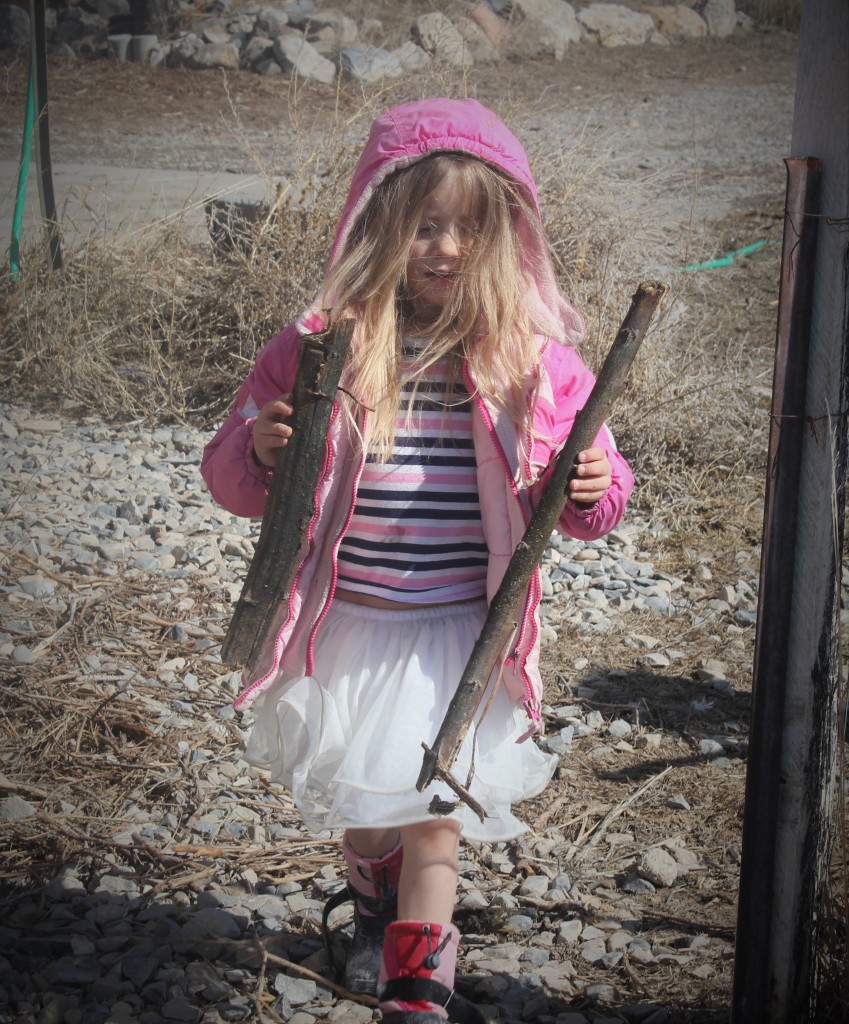 Snow boots and all. I really do enjoy working on the farm, and spending time with the kids as we build, grow, and work the land.
Snow boots and all. I really do enjoy working on the farm, and spending time with the kids as we build, grow, and work the land.

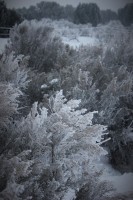
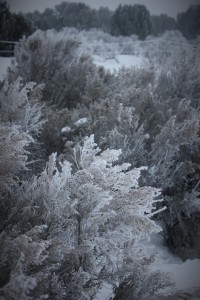 One of the things that I have learned on this Earth, is that every climate, every place has some type of beauty if you just look for it. This is just one example. A lot of people think that the
One of the things that I have learned on this Earth, is that every climate, every place has some type of beauty if you just look for it. This is just one example. A lot of people think that the 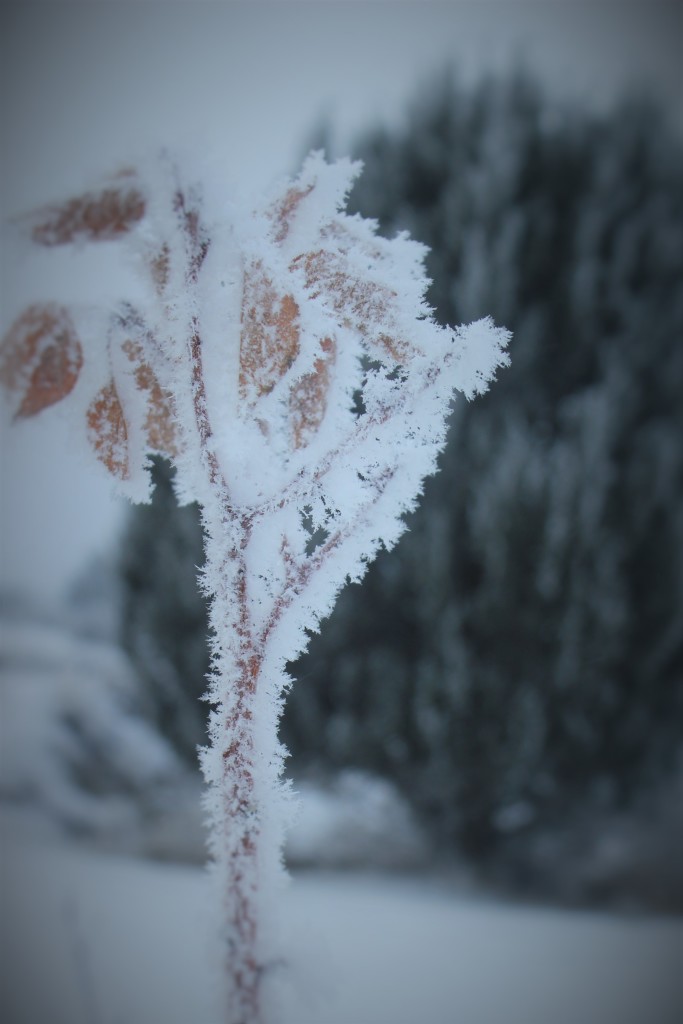
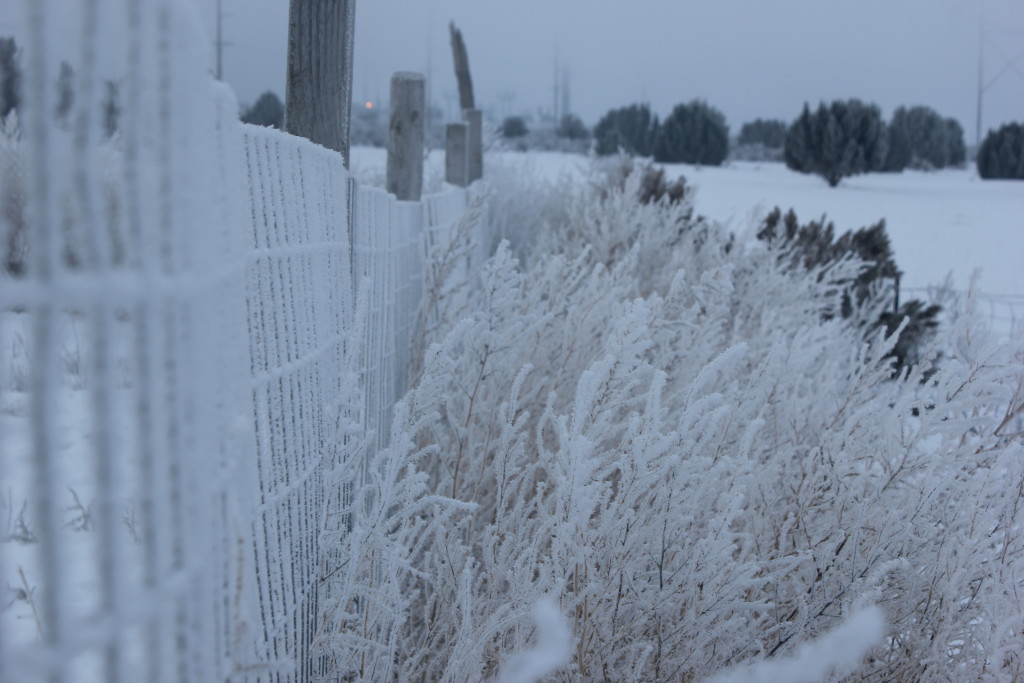
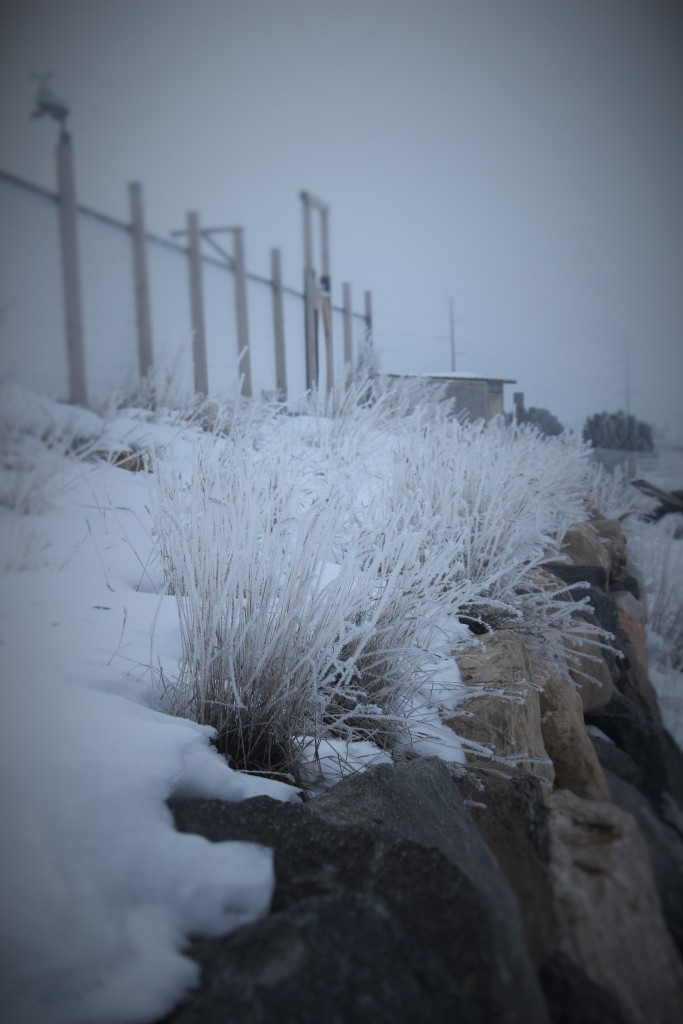
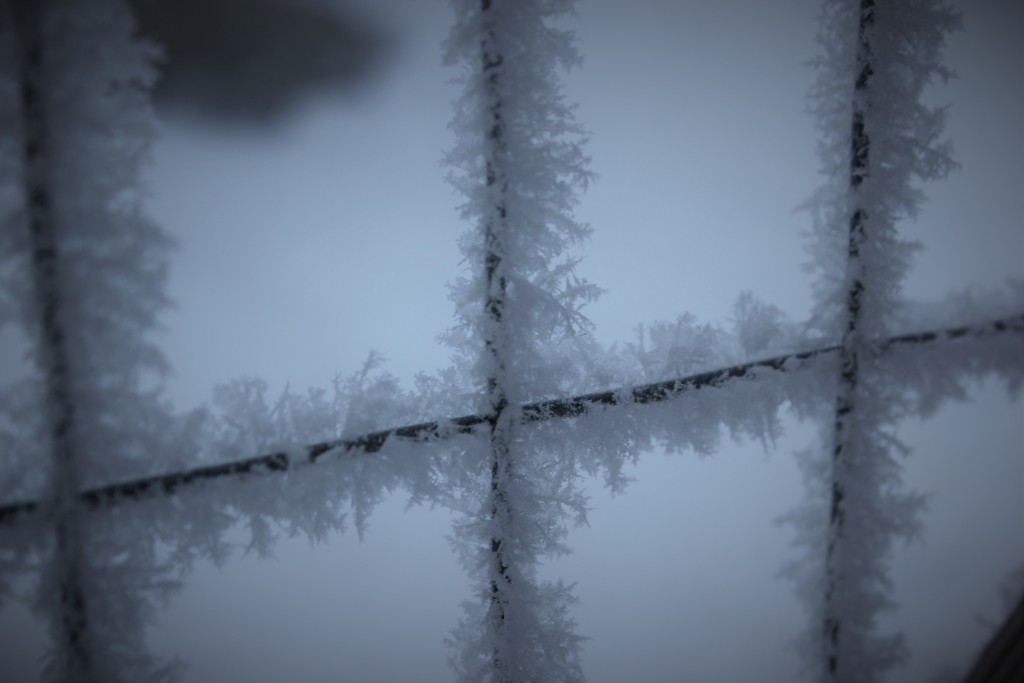
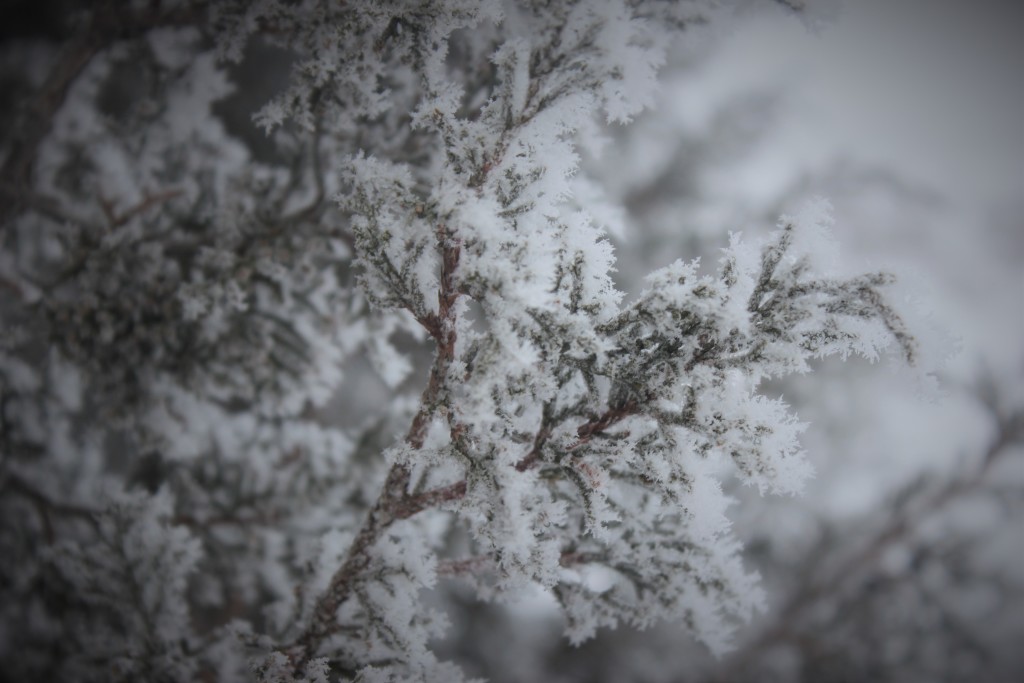

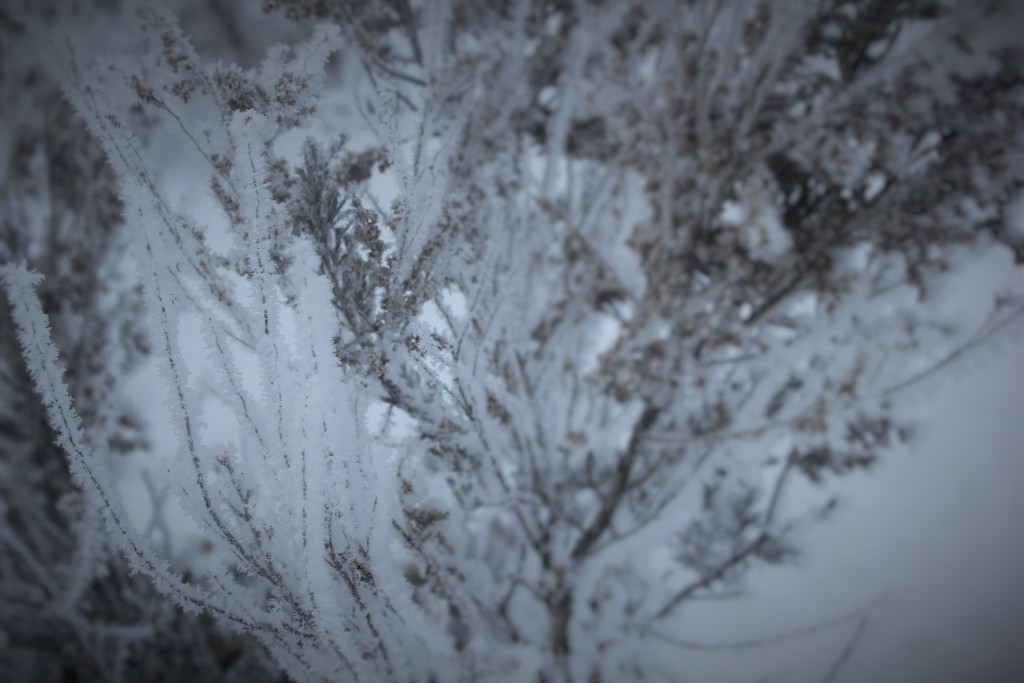
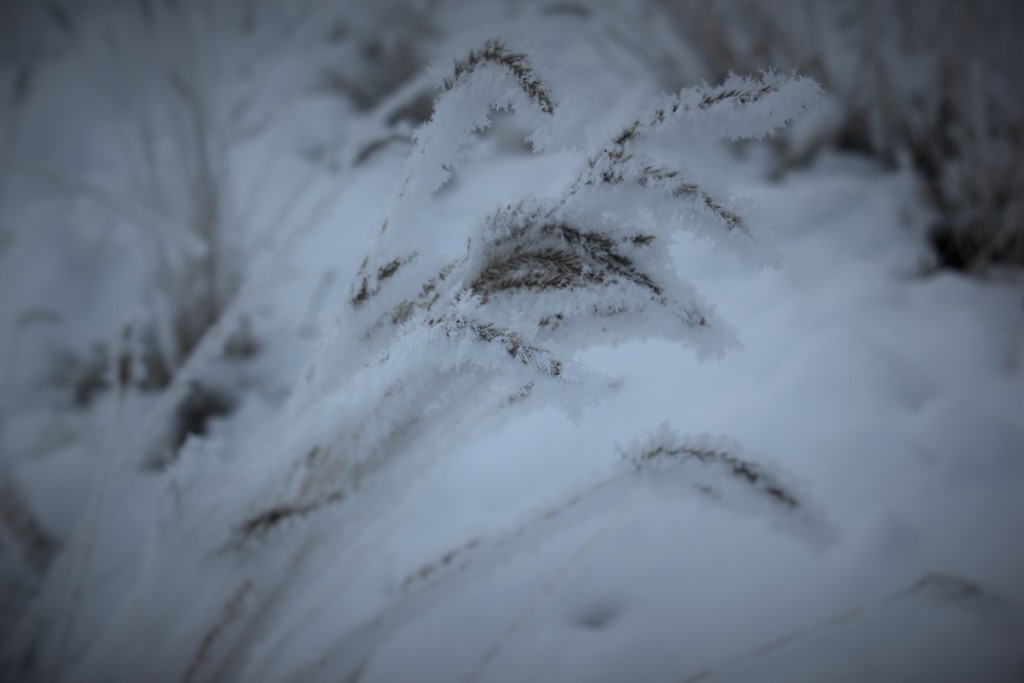
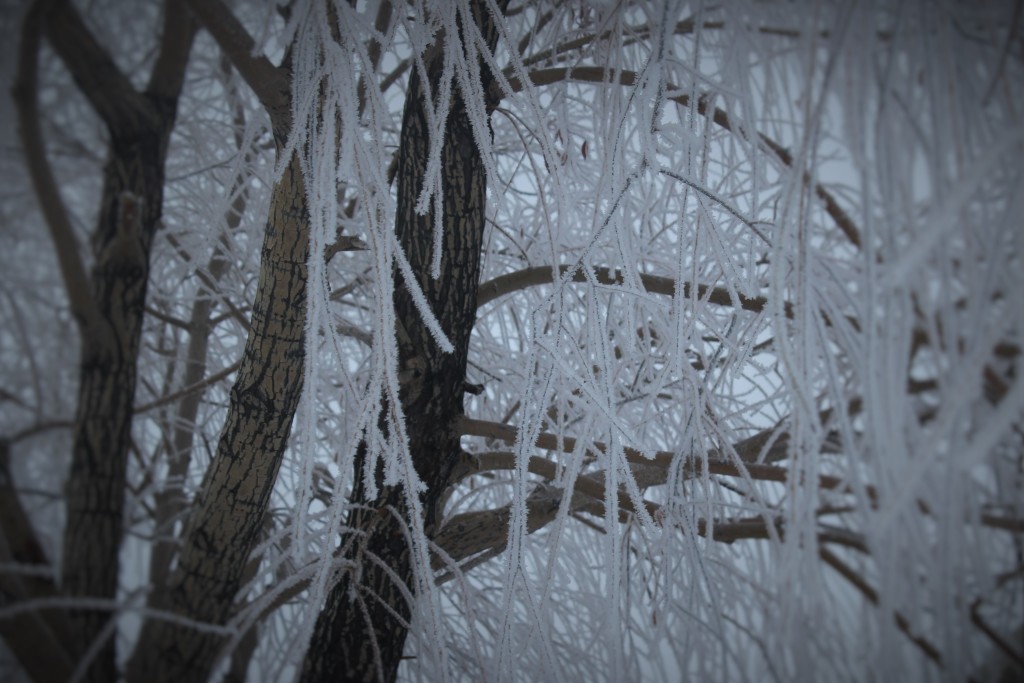
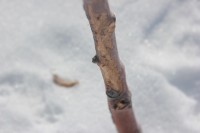
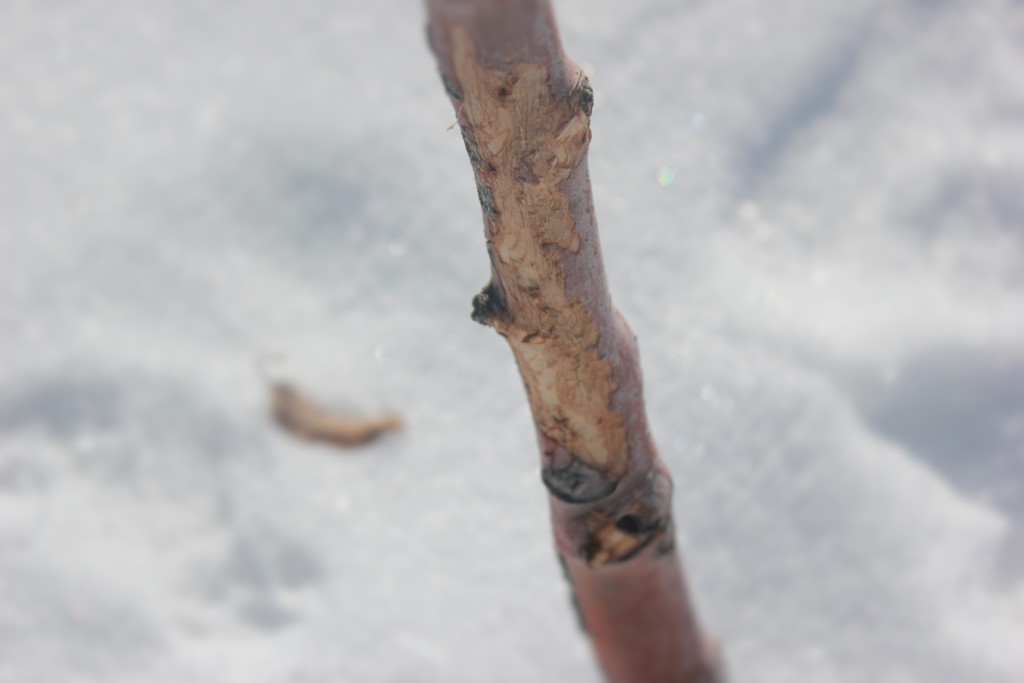 We don’t know for sure if it was the
We don’t know for sure if it was the 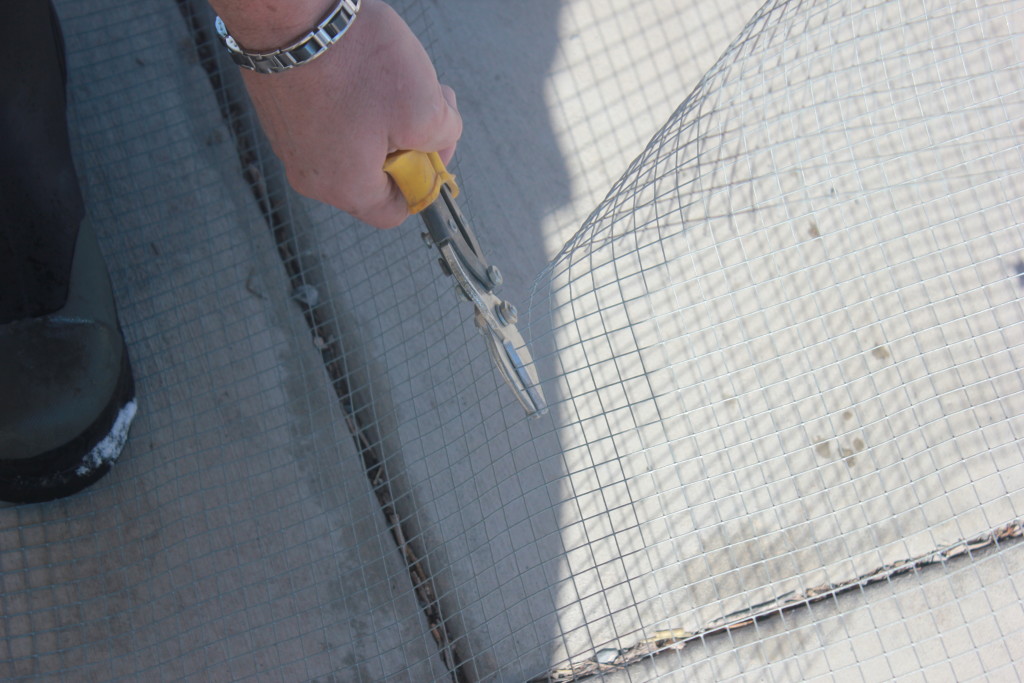 I cut the hardware cloth into squares, and then created a circle around the base of the tree. I also made sure that I put the cut ends up. This would make it so that if the rabbit/hare tried to rest on it to get above it, the sharp ends of the wire would keep them from resting their paws on them.
I cut the hardware cloth into squares, and then created a circle around the base of the tree. I also made sure that I put the cut ends up. This would make it so that if the rabbit/hare tried to rest on it to get above it, the sharp ends of the wire would keep them from resting their paws on them.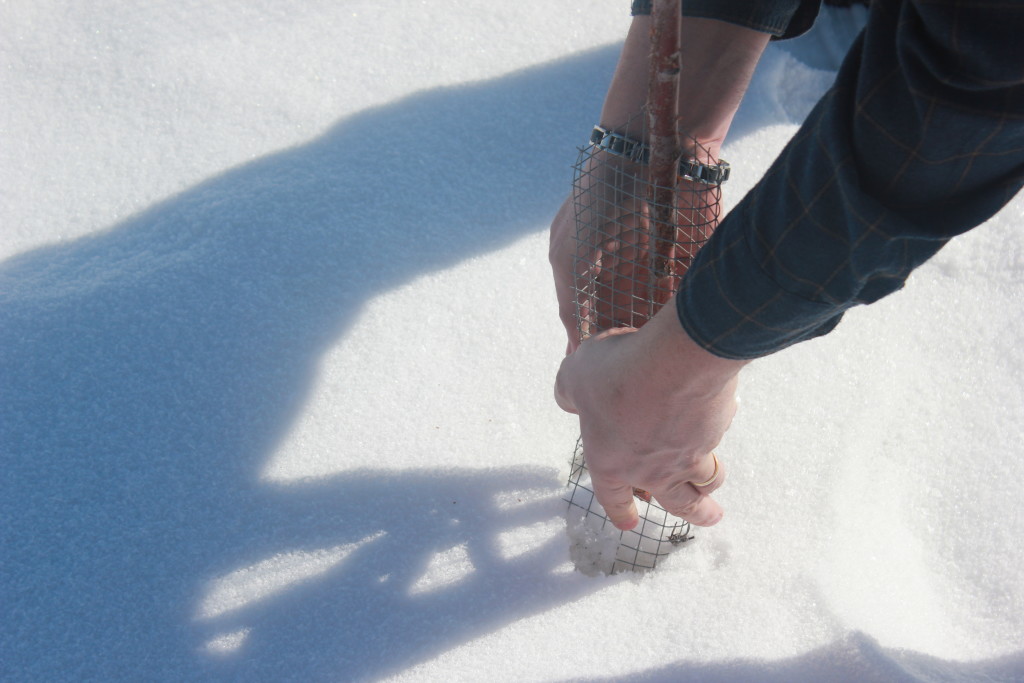 I did this around all of the trees in the orchard. I would like to note, that we do have black flex drain pipe around the bottom of the trees to protect, but with the recent snow and drifting, the snow is now above the drain pipe.
I did this around all of the trees in the orchard. I would like to note, that we do have black flex drain pipe around the bottom of the trees to protect, but with the recent snow and drifting, the snow is now above the drain pipe.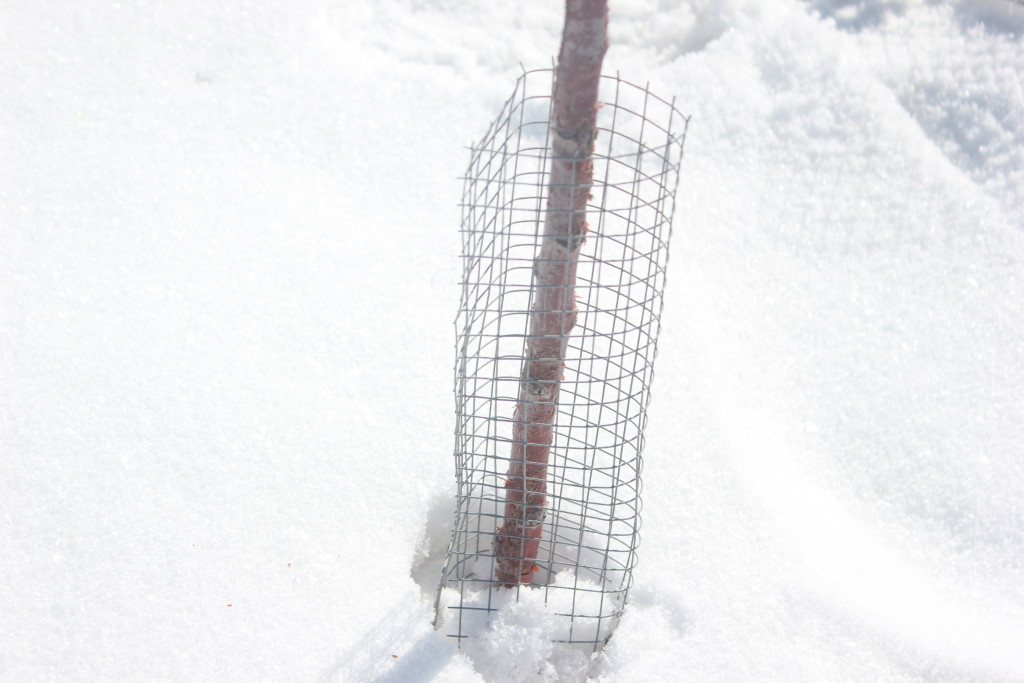 Maybe not the most elegant solution, but time will tell if it is a productive solution. Hopefully this cheap fix will keep the rabbits/hares are bay and help us be able to survive the winter and bring us fruit in the next few years.
Maybe not the most elegant solution, but time will tell if it is a productive solution. Hopefully this cheap fix will keep the rabbits/hares are bay and help us be able to survive the winter and bring us fruit in the next few years.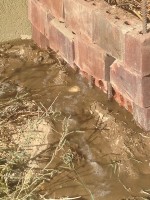






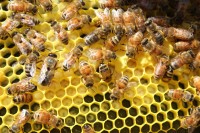
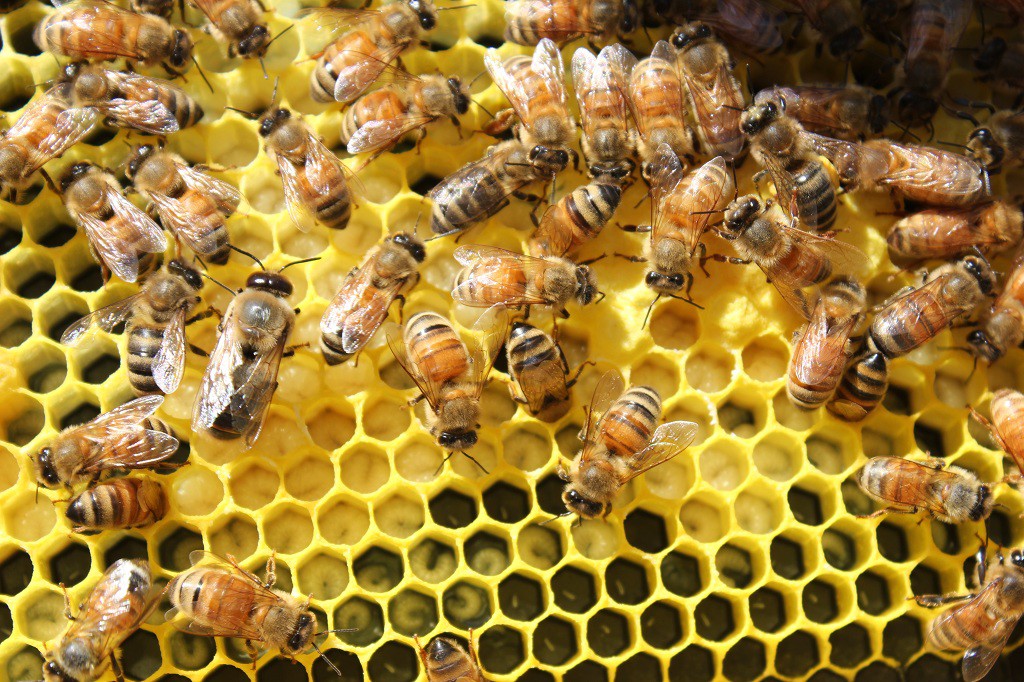 I don’t have any pictures for this post. Sadly Dadzoo didn’t want me to take any pictures, I don’t really understand why, they would have been awesome. Let me tell you why….
I don’t have any pictures for this post. Sadly Dadzoo didn’t want me to take any pictures, I don’t really understand why, they would have been awesome. Let me tell you why….